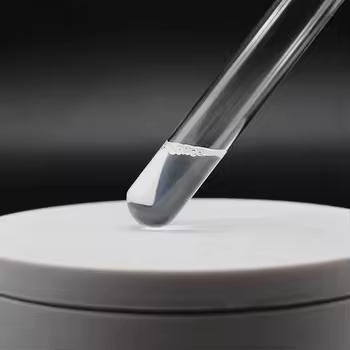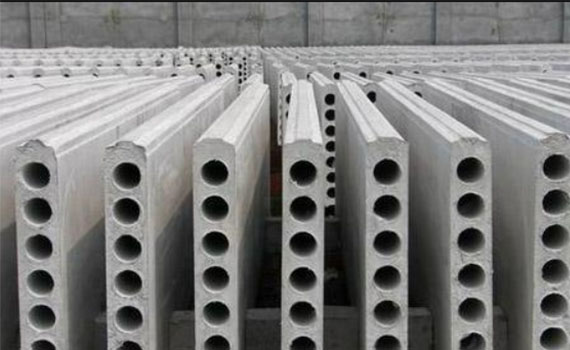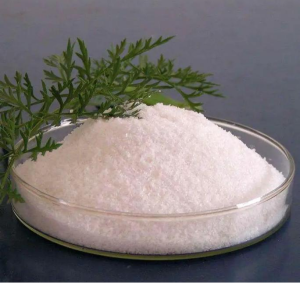Professional solutions on concrete addtives, Concrete Foaming Agent, Superplasticizer, CLC Blocks Additives, and foaming machine
(How to foam Concrete)
Foam concrete is a kind of lightweight, porous, plastic building material with heat preservation, sound insulation, fire prevention and other characteristics. In the construction industry, foam concrete has been widely used. In the process of making foam concrete, foaming is a very critical step. This paper will introduce the foaming process of foam concrete in detail, including the type and selection of foaming agent, the mixing proportion of raw materials, the preparation method and quality control of foam, and hope to provide some valuable references for technicians in related fields.
1、 Overview
Foam concrete is a composite material composed of gas, solid and liquid, in which gas is a dispersed phase, usually produced by foaming agent. Foaming agent is a substance that can introduce gas into concrete slurry, generate gas through mechanical stirring or chemical reaction, and cause concrete to foam and form a porous structure. The manufacturing process of foam concrete includes batching, mixing, foaming, pouring and curing. This paper mainly introduces the foaming process of foam concrete.
2、 Types and selection of foaming agents
Types of foaming agents
Foaming agent is a kind of material that can produce gas and plays a vital role in foam concrete. According to the different ways of producing gas, foaming agents can be divided into two types: chemical foaming agents and physical foaming agents.
1) Chemical foaming agent
Chemical foaming agents refer to substances that generate gases through chemical reactions, such as aluminum powder, carbonates, etc. These substances react chemically when they encounter acid or water, producing gases and causing concrete to foam. Chemical foaming agents have the advantages of fast foaming and high yield, but they also have disadvantages, such as large bubbles and poor bubble stability.
2) Physical foaming agent
Physical foaming agents refer to substances that generate gases through physical interactions, such as surfactants, proteins, etc. These substances can introduce gas during the mixing process, causing concrete to foam. Physical foaming agents have advantages, such as small and evenly distributed bubbles, but they also have disadvantages, such as slow foaming speed and low production.
Selection of foaming agents
When selecting foaming agents, the following points need to be considered:
1) Foaming ability: The foaming ability of a foaming agent determines its ability to introduce gas. Generally speaking, the foaming ability of foaming agents is related to factors such as the introduction method of foaming agents and the stability of bubbles. When selecting foaming agents, it is necessary to choose based on actual needs and product characteristics.
2) Bubble stability: Bubble stability refers to the time for which the introduced gas remains stable in the concrete. The stability of bubbles determines the plasticity and stability of foam concrete. When choosing foaming agents, it is necessary to choose products with good bubble stability.
3) Raw material adaptability: Different raw materials require different foaming agents to adapt. For example, some foaming agents are suitable for specific cement brands, while others are suitable for specific sand types. When selecting foaming agents, it is necessary to consider their adaptability to raw materials.
4) Environmental friendliness: When choosing foaming agents, it is necessary to consider their environmental friendliness. Some foaming agents containing harmful substances can result in harm to human health and the environment, and they need to be avoided. When choosing foaming agents, it is necessary to choose products with good environmental friendliness.
3、 Mixing ratio of raw materials
The production of foam concrete needs to mix various raw materials in a certain proportion, including cement, sand, gravel, foaming agent, water, etc. Before mixing, various raw materials need to be inspected to ensure their quality meets the requirements. The following are the mixing ratios of some main raw materials:
Cement: Sand: Stone=1:2:3 by volume or 1:1:1 by weight. The proportion can be adjusted appropriately according to the actual situation.
The dosage of foaming agents is generally 0.5% -1% of the total weight of raw materials. The specific dosage is adjusted based on the type and performance of the foaming agent.
The water-cement ratio is generally controlled between 0.5 and 1, and the specific values are adjusted according to actual needs.
4、 Preparation method of foam
The preparation of foam is an important link in the production of foam concrete, and its quality directly affects the performance and quality of foam concrete. Two commonly used foam preparation methods are introduced as follows:
Mechanical method: introduce air into the concrete slurry and produce foam through mechanical mixing. The specific process is as follows:
1) Mix the raw materials evenly in proportion;
2) Add an appropriate amount of water and water reducing agent and stir;
3) Introduce air into the slurry and stir it;
4) Adjust the consistency and bubble size of the slurry until it meets the requirements. The mechanical method is easy to operate and has high production efficiency. Still, it is susceptible to the influence of stirring speed and air introduction, resulting in large and uneven distribution of bubbles.
Chemical method: add chemical foaming agent into the concrete slurry to generate gas through chemical reaction to form foam. The specific process is as follows:
· Mix the raw materials evenly in proportion.
· Add an appropriate amount of water and water reducing agent and stir.
· Add chemical foaming agent to the slurry and stir.
· Adjust the consistency and bubble size of the slurry until it meets the requirements.
The chemical method is simple to operate, but attention needs to be paid to controlling the amount of chemical foaming agent and reaction time to avoid situations where bubbles are too large or too small. At the same time, attention should also be paid to ensuring the uniformity and stability of the concrete slurry.
Supplier
TRUNNANO is a supplier of foam agents with over 12 years experience in nano-building energy conservation and nanotechnology development. It accepts payment via Credit Card, T/T, West Union and Paypal. Trunnano will ship the goods to customers overseas through FedEx, DHL, by air, or by sea. If you are looking for high-quality concrete additives, please feel free to contact us and send an inquiry. (sales@cabr-concrete.com).
(How to foam Concrete)









